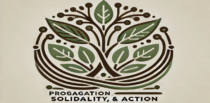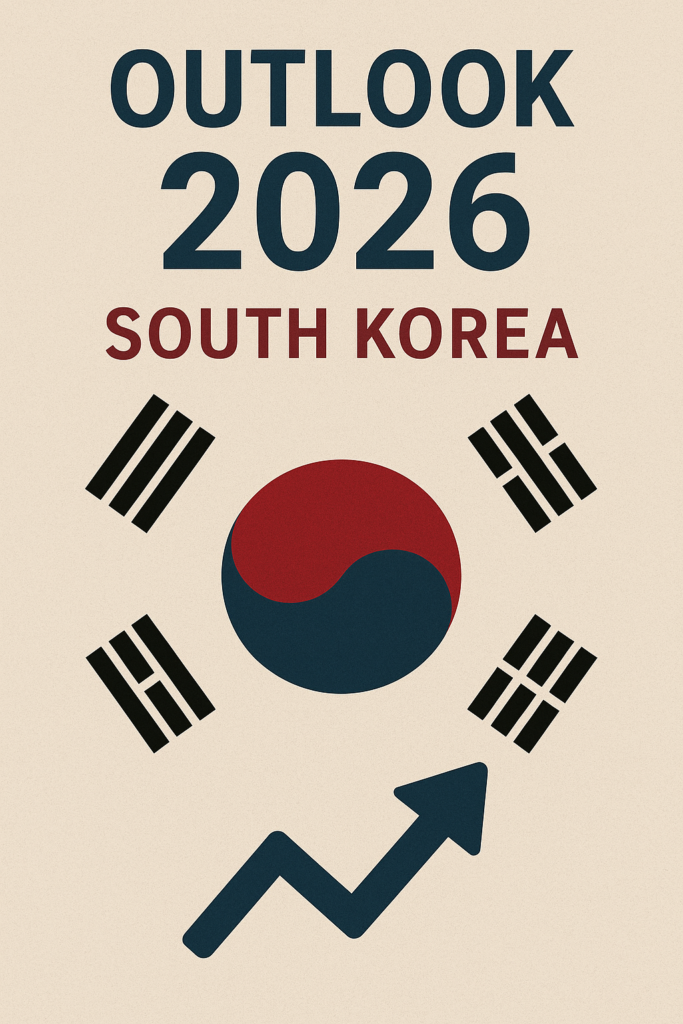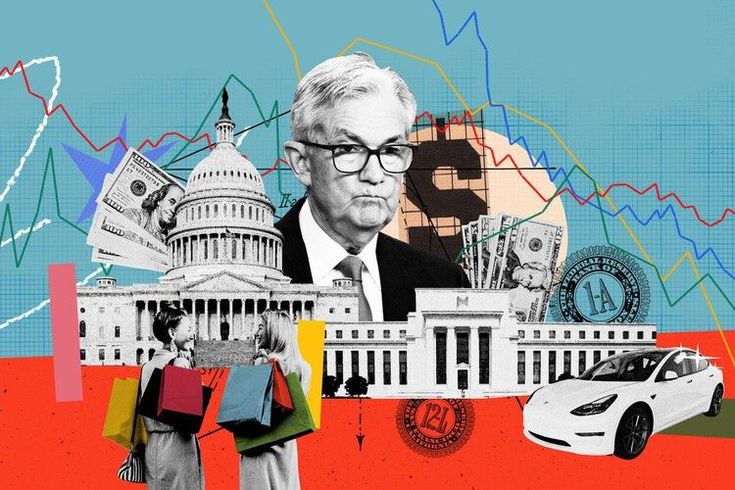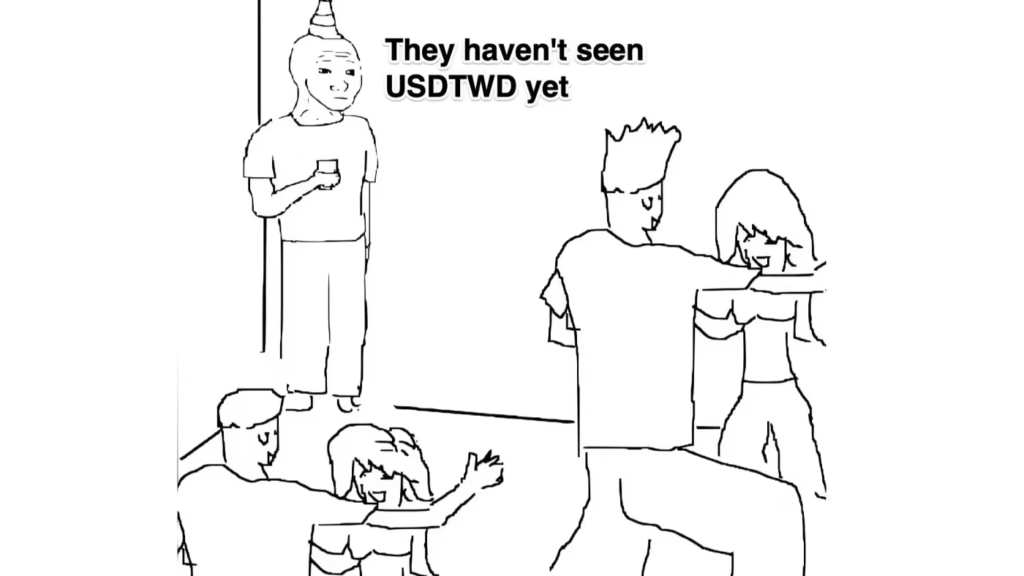South Korea 2026 Macroeconomic Scenarios: Summary
This report analyzes South Korea’s macroeconomic outlook for 2026, presenting three distinct scenarios to inform risk management strategies. The outlook is shaped by global economic conditions, U.S. trade policy, and significant domestic imbalances. The central feature of the economy is a “K-shaped” dynamic, where a booming, AI-fueled semiconductor sector diverges from a struggling broader domestic economy, creating unique policy challenges.
Core Economic Drivers for 2026
The analysis is based on several foundational assumptions:
- Global Context: Global growth is expected to be stable but subdued, remaining below pre-pandemic averages. A key factor is the U.S. Federal Reserve’s monetary easing cycle, which is expected to continue through 2026. While this creates favorable financial conditions, it is driven by a moderating U.S. economy, which directly curtails demand for Korean exports.
- U.S. Trade Policy: The most significant external variable is the persistence of elevated U.S. tariffs on Korean goods. This is the primary factor expected to cause a dramatic slowdown in export growth from 6.8% in 2024 to just 0.6% in 2026. The associated policy uncertainty also suppresses corporate investment, eroding long-term growth potential.
- Domestic Dichotomy: The economy is characterized by a stark divergence. A globally competitive semiconductor sector, supercharged by the AI boom, is the primary engine of growth. In sharp contrast, the domestic economy faces severe headwinds from a prolonged slump in the construction sector, linked to systemic risks in the real estate Project Finance (PF) market, and high levels of household debt that constrain consumption.
Three Macro-Financial Scenarios for 2026
The report models three potential trajectories for the South Korean economy.
1. Base Case: “The Constrained Rebound” This scenario projects a modest GDP growth recovery to
1.6-1.8%. The rebound is driven by a moderate recovery in private consumption and construction , but capped by sluggish export growth due to U.S. tariffs.
- Policy & Markets: Inflation is expected to stabilize around 1.8-1.9%, allowing the Bank of Korea (BOK) to cut its base rate to 2.00% to support the economy. The KOSPI index is forecast to reach 3,500, supported by semiconductor earnings but limited by the weak domestic economy. The KRW/USD exchange rate is expected to end the year around 1,350.
2. Optimistic Scenario: “Riding the AI Supercycle” This scenario envisions GDP growth accelerating to
2.2-2.5%. This is driven by a stronger-than-expected global AI boom boosting semiconductor exports and a partial rollback of U.S. tariffs.
- Policy & Markets: Benign inflation of 1.5% allows the BOK to provide further support, cutting the base rate to 1.75%. Strong foreign portfolio inflows would drive down bond yields, push the KRW to appreciate to 1,280 against the USD, and lift the KOSPI to 3,800.
3. Pessimistic Scenario: “The Geoeconomic Storm” This scenario models a near-stagnation with GDP growth of 0.5-0.8%. It is triggered by a combination of a global recession, a hardening of U.S. trade policy, and a domestic credit crisis originating from widespread defaults in the real estate PF market.
- Policy & Markets: The economy faces a stagflationary dilemma. A sharp currency depreciation imports inflation, pushing the CPI to 2.5-3.0%. This forces the BOK to halt easing or even raise the base rate to 2.75% to defend the currency. This would lead to massive capital outflows, a spike in bond yields, a depreciation of the KRW to over 1,450, and a KOSPI crash to around 2,800.
Risk Landscape and Strategic Implications
- Key Risks: The scenarios highlight distinct risks. The primary risk in the Base Case is a slow deterioration of credit quality in the real estate sector. The Pessimistic Scenario’s central risk is contagion, where real estate PF defaults cascade into a systemic financial crisis, freezing liquidity and causing a violent repricing of all Korean assets. Stagflation is the dominant inflation risk in this downside case.
- Leading Indicators: A shift toward the Pessimistic Scenario can be tracked by monitoring real estate PF loan default rates and U.S. trade rhetoric. A shift toward the Optimistic Scenario would be indicated by rising global semiconductor prices and strong foreign portfolio inflows.
- Stress Testing & Hedging: The Pessimistic Scenario provides parameters for a severe but plausible stress test, including a 20-25% KOSPI decline, a 150 basis point rise in bond yields, and the KRW falling to 1,450. Portfolio strategy should remain flexible, with a defensive shift—reducing equity exposure, shortening duration, and hedging KRW depreciation—required if downside risks materialize
South Korea: Interactive Economic Dashboard
2026 Forecasts, Scenarios & AI-Powered Risk Analysis
Dashboard Overview
Key indicators for the 2026 baseline forecast. Use the dropdown and AI tools to explore trends.
Indicator Trend Analysis
Interactive Scenario Planner
Select a scenario to stress-test the 2026 forecasts. All metrics and charts will update to reflect the chosen economic environment. Use the Gemini feature to generate a detailed narrative for each scenario.
AI-Powered Risk Assessment
Select a primary risk area to understand its potential impact. Then, use the Gemini feature to generate tailored mitigation strategies based on the current economic forecast.
Select a risk to see details.



